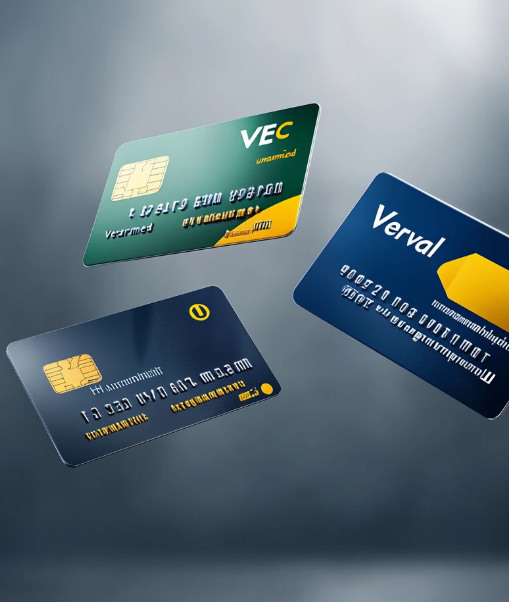The world of cryptocurrencies is often characterized by extreme price volatility, with fluctuations driven by various factors such as market demand, regulatory changes, and even social media trends. Notably, events like the 2011 Mt. Gox hack, which caused Bitcoin’s value to plummet, highlight the risks associated with digital assets. This volatility can lead to “crypto winters,” periods marked by declining asset values and low trading volumes. To address these challenges, stablecoins have emerged as a solution to bring stability to the crypto market. These digital assets, typically pegged to fiat currencies like the US dollar, offer a more reliable and predictable way to manage and use digital assets. In this post, we’ll explore what stablecoins are, how they work, and how they are becoming essential tools for businesses and individuals in both traditional and decentralized finance.
What Are Stablecoins and How Do They Work?
Stablecoins are a type of cryptocurrency designed to maintain a stable value, often linked to traditional fiat currencies like the US dollar. Unlike highly volatile cryptocurrencies, stablecoins are more predictable and offer a reliable store of value. The stability of stablecoins is achieved through different mechanisms such as collateralization, algorithmic stabilization, and reserve-backed models. For instance, popular stablecoins like Tether (USDT) and USD Coin (USDC) have seen significant growth, highlighting the increasing demand for stable digital assets.
Types of Stablecoins
Stablecoins can be categorized based on their mechanisms for maintaining price stability:
- Fiat-Collateralized Stablecoins: These are backed by a specific fiat currency like the US Dollar, where one unit of the stablecoin is equivalent to one unit of the underlying fiat. Examples include Tether (USDT) and USD Coin (USDC).
- Commodity-Backed Stablecoins: These are pegged to the value of physical commodities such as gold. Tether Gold (XAUt) is an example, offering diversification for investors.
- Cryptocurrency-Backed Stablecoins: These stablecoins use cryptocurrencies as collateral. Despite some volatility, overcollateralization helps mitigate risks. Dai (DAI), for example, is pegged to the US dollar but is backed by Ethereum (ETH).
- Algorithmic Stablecoins: These rely on smart contracts and economic incentives to maintain stability, adjusting supply and demand automatically without the need for a traditional custodian.
How Stablecoins Bridge Traditional Finance and DeFi
Stablecoins play a crucial role in bridging the gap between traditional finance (TradFi) and decentralized finance (DeFi). They make it easier to integrate the two ecosystems, enabling a wide range of financial activities.
How Stablecoins Bridge the Gap:
- Seamless Value Transfer: Stablecoins allow for smooth and efficient value transfer between traditional financial institutions and DeFi platforms, enabling the exchange of fiat currencies into digital assets and vice versa.
- Enabling DeFi Applications: Stablecoins are integral to DeFi platforms, providing a stable medium of exchange and a store of value for decentralized exchanges (DEXs), lending protocols, and yield farming applications.
- Reducing Volatility Risk: By offering price stability, stablecoins mitigate the risks that typically come with volatile cryptocurrencies, making it easier for traditional financial institutions to engage with DeFi without the fear of dramatic price fluctuations.
- Facilitating Cross-Border Transactions: Stablecoins enable faster and more cost-effective international payments, streamlining cross-border transactions while ensuring the value of assets remains consistent.
Stablecoin Use Cases for Everyday Businesses
Stablecoins offer a variety of advantages for everyday businesses, simplifying transactions, and improving efficiency in several areas:
- Efficient Payments and Settlements:
- Faster Transactions: Blockchain transactions using stablecoins are processed much faster than traditional payment methods, accelerating cash flow for businesses.
- Lower Fees: Stablecoin transactions often come with lower fees compared to traditional payment methods, particularly for international transactions.
- Reduced Fraud Risk: Smart contracts can automate payment processes, minimizing errors and the risk of fraud.
- Global Trade and Remittances:
- Cross-Border Payments: Stablecoins streamline international payments, cutting down on time and costs compared to traditional wire transfers.
- Currency Exchange Efficiency: By using stablecoins, businesses can avoid the complexities and fees associated with foreign exchange markets.
- Treasury Management and Liquidity:
- Stable Value: Stablecoins act as a reliable store of value, protecting businesses from fluctuations in fiat currency values or inflation.
- Improved Liquidity: Businesses can easily convert stablecoins into fiat currency or other digital assets, enhancing financial flexibility.
- Employee Compensation and Benefits:
- Global Payroll: Stablecoins enable businesses to pay employees around the world, offering a more efficient alternative to international payroll systems.
- Flexible Benefits: Businesses can offer employees the option to receive part of their salary in stablecoins, providing additional financial flexibility.
Advantages of Using Stablecoins for Global Transactions
Stablecoins offer several key benefits when used for global transactions:
- Faster and Cheaper Transactions:
- Blockchain technology allows for nearly instantaneous transactions, significantly reducing the processing time compared to traditional banking systems.
- Transaction fees are typically much lower for stablecoins, making them a cost-effective option for international payments.
- 24/7 Accessibility:
- Stablecoins are accessible at any time, irrespective of time zones or bank holidays.
- They provide borderless transactions, eliminating the limitations of traditional banking systems.
- Enhanced Security and Transparency:
- Stablecoins leverage blockchain to ensure transaction security and transparency, with every transaction recorded on an immutable public ledger.
- Increased Financial Inclusion:
- Stablecoins provide an accessible alternative for individuals and businesses in areas with limited access to traditional banking services.
- By lowering barriers to entry, stablecoins enable more people to participate in the global economy.
- Price Stability:
- Unlike volatile cryptocurrencies, stablecoins offer a fixed value, making them more suitable for long-term savings and international transactions.
Conclusion
Stablecoins are not just a technological innovation but a practical solution for bridging the gap between traditional finance and digital assets. They offer businesses an efficient, secure, and cost-effective means to manage transactions, payments, and liquidity. With their stability and growing adoption across industries, stablecoins are transforming the way we interact with money, enabling a seamless connection between the digital and traditional financial worlds. As these digital assets continue to evolve, their role in global commerce, finance, and digital economies will only continue to grow.













